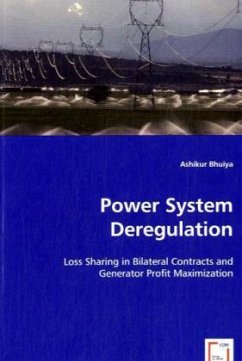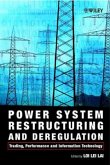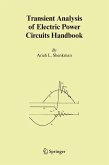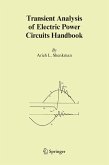Re-structuring of electric power system started taking place at the end of the 20th century. Restructuring also required a change in the conventional perception of the electric power systemas a natural monopoly to a competitive open market system. There-structuring, widely known as deregulation, involves many technically complicated issues ranging from system planning and operation to commercial and market areas. The introduction ofderegulation has, however, led to confusions in the areas of transmission network loss sharing and the responsibility of generation of reactive power. This book provides a load flow based loss allocation technique supported by mathematical proof. Each power producing entity operates on the principle of profit maximization by optimizing its production cost of real power,reactive power and the spinning reserve margin. A profit maximization model based on the forecasted market price of realpower, reactive power and spinning reserve has been developed and presented in this book. The model would help a producer to decide the production levels of these three commodities in order to realize the maximum profit.
Bitte wählen Sie Ihr Anliegen aus.
Rechnungen
Retourenschein anfordern
Bestellstatus
Storno








